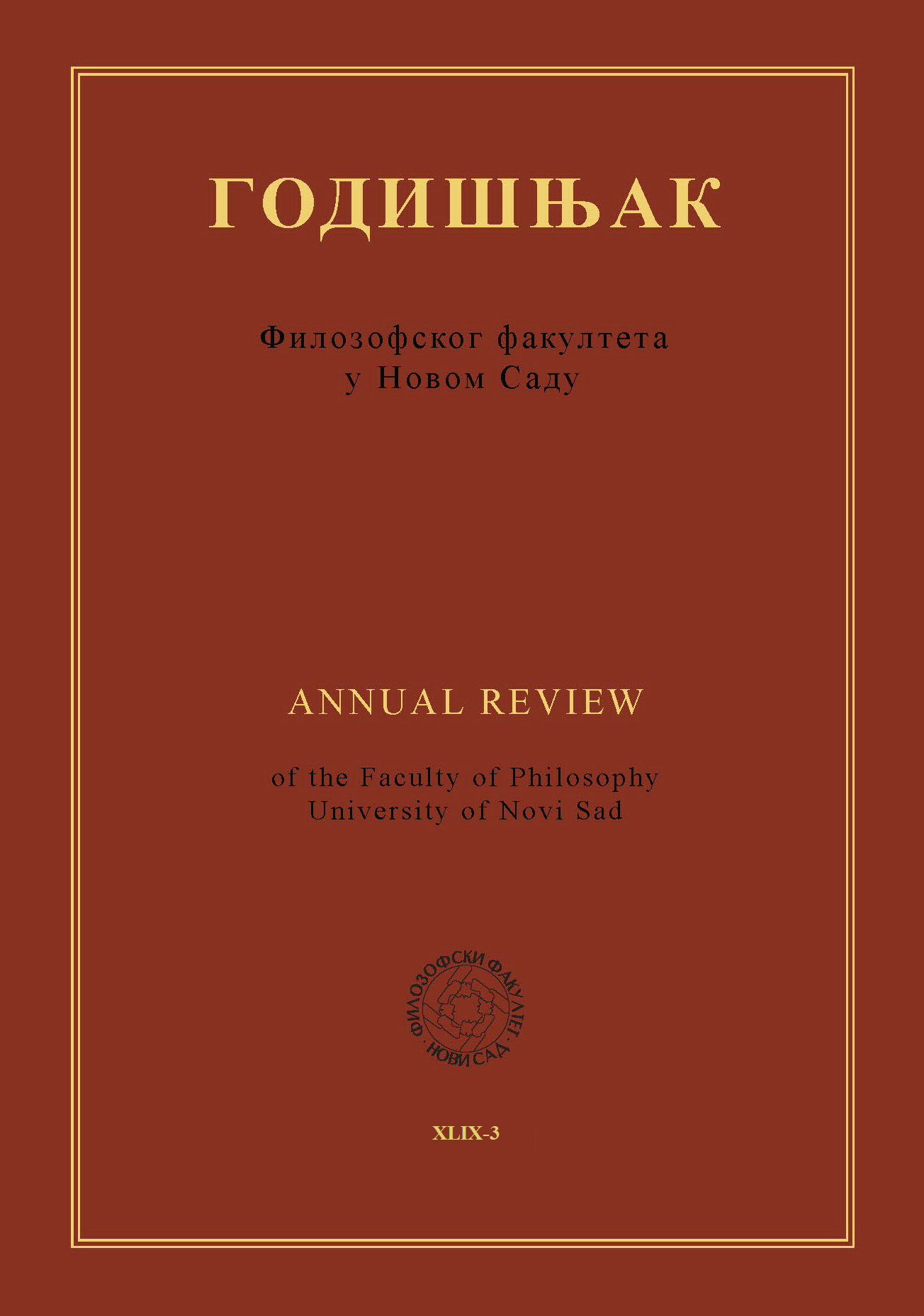FAMILY RELATIONSHIPS IN PROVERBS: INTERCULTURAL POTENTIALITY AND GLOBAL TEACHING IMPLICATIONS
Main Article Content
Abstract
This paper aims to present the use of proverbs in foreign language classrooms, the comparison between proverbs in Italian, German, and Macedonian, and the intercultural potential. In the first part of the paper, observations on proverbs and their linguistic and cultural value are presented. In the second part of the contribution, some possible examples of the application of proverbs in various types of teaching activities are presented. The proverbs examined are mostly taken from the corpus of proverbs in Italian, German, and Macedonian belonging to the semantic field of kinship terms, i.e. proverbs that contain the lexemes father, mother, son, daughter, brother, sister, mother-in-law, daughter-in-law, wife and husband, relative(s). The aim of the activities is not only to acquire a richer and more advanced lexical repertoire but to encourage students' motivation to play with proverbs, their creativity as well as reflection on stereotypes and discussion on the prejudices presented. In the language class at the Faculty of Philology of Goce Delcev University, Stip, Macedonian university students who are studying Italian and German as foreign languages are prompted to explore the nuances of these cultures through activities that involve identifying similarities and differences between proverbs. These exercises also encourage self-reflection on linguistic and cultural stereotypes, fostering a deeper understanding of each language and its respective culture. This second part, therefore, demonstrates that many proverbs, in fact, are present in multiple languages and cultures with small variations, and by comparing them, we discover interlinguistic equivalences.
Downloads
Article Details

This work is licensed under a Creative Commons Attribution-ShareAlike 4.0 International License.
References
Chevenix Trench, R. (2003 [1905]). Proverbs and their lessons, a cura di W. Miedler The University of Vermont, Burlington (1a edizione George Routledge 1905).
Franceschi, T. (1978). Il proverbio e l’API. In: L’Archivio Glottologico Italiano, LXIII, 1-2 (1978). Firenze: Le Monnier. 110-47.
Friederich, W. (1976). Moderne deutsche Idiomatik. München: Max Hueber Verlag.
Herbert, G. (1979). Redensarten. Kleine Idiomatik der deutschen Sprache. Leipzig: VEB Bibliographisches Institut.
Hofstede, G. (1991). Cultures and Organizations: Software of the Mind. London, UK: McGraw-Hill.
Lapucci, C. (2006). Dizionario dei proverbi italiani. Firenze: Le Monnier.
Lapucci, C.(2006a). Introduzione. In: Dizionario dei proverbi italiani. Firenze: Le Monnier, pp. VII – LIII
Nitti, P. (2020). Lo sviluppo della competenza testuale nella scuola primaria. Un’indagine esplorativa. Lingua e Testi di Oggi, 1, 11-19.
Penusliski, K. (1969). Poslovici i gatanki. Skopje: Kultura.
Piirainen, E. (2007). Phrasemes from a cultural semiotic perspective. In Burger, H. et al. (Eds.), Phraseologie/Phraseology: Ein internationales Handbuch zeitgenössischer Forschung/An International Handbook of Contemporary Research, vol. 1, Berlin: Walter de Gruyter, 208-219. DOI: https://doi.org/10.1515/9783110171013.208
Scholze-Stubenrecht, W. & Haller-Wolf, A. (2000). Duden Redewendungen: Wörterbuch der deutschen Idiomatik. Berlin: Dudenverlag.
Velickovski, B. (2009). Makedonski poslovici i pogovorki. Posebni izdanija, kniga 73. Skopje: Instutut za folklor „Marko Cepenkov“.
Velickovski, B. (2009). Italijanski poslovici i nivnite makedonski ekvivalenti. Posebni izdanija, kniga 76. Skopje: Instutut za folklor „Marko Cepenkov“.




